Introduction Hidden Smartphone Features
Smartphones have become an essential part of our daily lives. They’re not just devices for making calls or sending texts; they are our calendars, cameras, entertainment hubs, and so much more. Yet, many of us are unaware of the hidden features that can make our lives even easier. Let’s dive into the top 5 hidden smartphone features you should start using today.
Smartphones have seamlessly integrated into our daily routines, becoming indispensable tools for communication, productivity, and entertainment. From managing schedules to capturing memories, these pocket-sized devices have revolutionized the way we navigate through life. However, amidst the sea of apps and settings, lie hidden gems that can further elevate our smartphone experience. Beyond the surface-level functionalities, there exists a realm of lesser-known features waiting to be discovered.
These hidden features have the potential to simplify tasks, enhance creativity, and optimize our digital interactions. In this article, we will delve into the top 5 hidden smartphone features that can truly make your life easier. Whether you’re an Android aficionado or an iOS enthusiast, unlocking these secrets will unveil a new realm of possibilities within the palm of your hand. So, let’s embark on this journey of exploration and uncover the hidden treasures nestled within our smartphones.
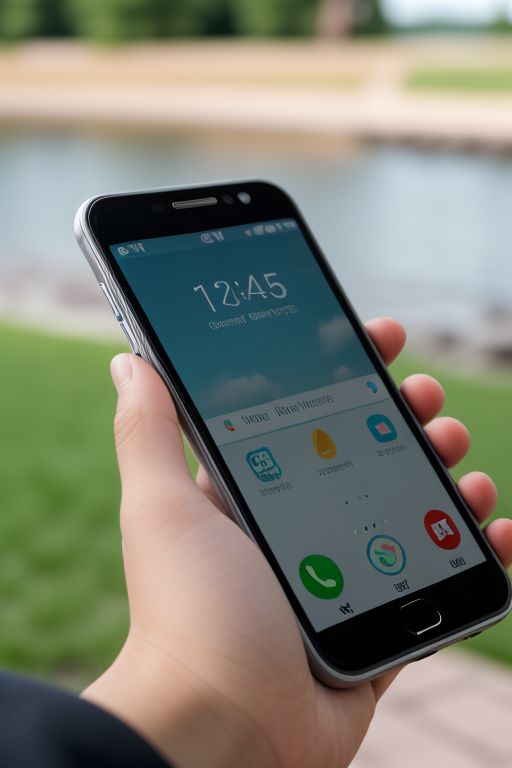
Hidden Feature 1: Custom Shortcuts
Creating Shortcuts for Frequently Used Apps
Did you know you can create custom shortcuts for your most-used apps? Whether you’re an Android or iOS user, setting up shortcuts is a breeze. Simply long-press on the app icon and drag it to your home screen or use your phone’s settings to create shortcuts for specific actions within the apps. For instance, you can set up a shortcut to directly open the camera in portrait mode or to start a new message in your messaging app.
Using Shortcuts for Specific Actions
Shortcuts aren’t just for launching apps—they can also be set for specific tasks. On iPhones, for example, the Shortcuts app allows you to automate routines like sending pre-written text, starting a playlist, or even navigating to a saved location on maps. Android users can use apps like Tasker to create detailed automation for various actions.

Benefits of Custom Hidden Shortcuts
The main advantage of custom shortcuts is the time you save. Imagine being able to perform your daily tasks with a single tap. It’s not just about convenience; it’s about streamlining your workflow and boosting your productivity.
Custom shortcuts offer a myriad of benefits that can significantly enhance your smartphone experience. Let’s delve deeper into why incorporating custom shortcuts into your daily routine can make your life easier:
1. Time-saving Efficiency:
Custom shortcuts are designed to streamline your workflow by allowing you to perform tasks with a single tap or command. Instead of navigating through multiple menus or apps to accomplish a task, you can create shortcuts that directly initiate specific actions. This saves valuable time, especially for repetitive tasks that you perform frequently throughout the day.
2. Personalized Convenience:
One of the most significant advantages of custom shortcuts is the ability to tailor your smartphone experience to suit your individual needs and preferences. You have the freedom to create shortcuts for the apps and actions that are most relevant to you. Whether it’s launching your favorite music playlist, sending a pre-written text message, or accessing a specific feature within an app, custom shortcuts put the power of personalization in your hands.
3. Enhanced Productivity:
By eliminating the need for manual navigation and reducing the number of steps required to perform tasks, custom shortcuts can significantly boost your productivity. Tasks that once required multiple taps or swipes can now be accomplished with a single gesture or voice command. This efficiency allows you to focus your time and energy on more important tasks, ultimately increasing your overall productivity and efficiency.

4. Accessibility and Inclusivity:
Custom shortcuts can also enhance accessibility for users with disabilities or mobility impairments. By allowing users to create personalized shortcuts for commonly used functions, smartphones become more accessible to individuals with diverse needs. Whether it’s navigating the interface using voice commands or triggering actions with a simple gesture, custom shortcuts promote inclusivity and empower users of all abilities to fully utilize their devices.
5. Seamless Integration with Daily Routine:
By integrating custom shortcuts into your daily routine, you can seamlessly incorporate your smartphone into various aspects of your life. Whether it’s automating tasks related to work, communication, entertainment, or leisure, custom shortcuts enable your smartphone to adapt to your lifestyle and become a more integral part of your daily activities. This seamless integration enhances the overall efficiency and utility of your device.
6. Reduced Cognitive Load:
Custom shortcuts can also help reduce cognitive load by simplifying complex tasks and minimizing decision-making processes. Instead of having to remember specific steps or navigate through menus to perform a task, you can rely on custom shortcuts to execute actions quickly and efficiently. This reduction in cognitive load frees up mental resources, allowing you to focus on more critical aspects of your tasks and activities.
7. Encouragement of Exploration and Innovation:
Exploring and creating custom shortcuts encourages users to delve deeper into their smartphone’s capabilities and discover new ways to optimize their usage. By experimenting with different shortcuts and automation options, users can uncover hidden features and functionalities that they may not have been aware of previously. This spirit of exploration and innovation fosters a deeper understanding of technology and empowers users to make the most out of their devices.

Hidden Feature 2: Advanced Camera Settings
Manual Camera Controls
Most smartphone cameras come with powerful manual controls that many users overlook. By diving into your camera settings, you can adjust ISO, shutter speed, white balance, and focus manually. This allows you to take photos that are perfectly tailored to your lighting conditions and creative vision.
Hidden Modes and Filters
Smartphones often come equipped with a variety of hidden modes and filters. From night mode and portrait lighting to various artistic filters, exploring these can significantly enhance your photography. Experimenting with these settings can make your photos stand out without needing third-party apps.

Benefits of Advanced Camera Settings
Using advanced camera settings can take your photography skills to the next level. Whether you’re capturing a beautiful sunset or a fast-paced sporting event, manual controls and hidden modes give you the flexibility to get the perfect shot every time.
Hidden Feature 3: Gesture Controls
Enabling Gesture Controls
Gesture controls can make navigating your phone quicker and more intuitive. To enable them, head to your phone’s settings. On Android, you can usually find gesture controls under the System settings, while iPhone users can find them under Accessibility.
Common Gesture Commands
Popular gesture controls include swiping up to go home, swiping down for notifications, and swiping left or right to switch between apps. Some phones even allow you to customize gestures for specific functions, like double-tapping to wake or drawing a shape on the screen to open an app.
Benefits of Gesture Controls
Gesture controls simplify navigation and can be particularly helpful for users with accessibility needs. They also provide a more seamless and immersive experience, reducing the need for physical buttons.
Hidden Feature 4: Secure Folder
Setting Up a Secure Folder
A secure folder is an excellent way to keep your sensitive information safe. On Samsung devices, for example, you can enable Secure Folder in the settings under Biometrics and Security. Other Android phones and iPhones offer similar features through third-party apps or built-in settings.
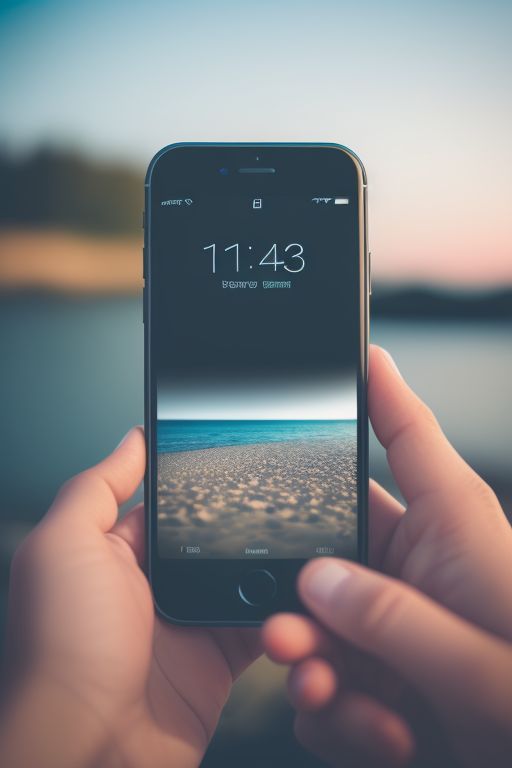
Managing Content in the Secure Folder
Once set up, you can move files, photos, and apps into the secure folder, where they’ll be encrypted and protected by a password or biometric lock. This is perfect for storing confidential work documents or personal photos that you’d prefer to keep private.
Benefits of a Hidden Secure Folder
The primary benefit of a secure folder is peace of mind. You can rest easy knowing that your sensitive information is safe from prying eyes, even if someone else gets their hands on your phone.
A secure folder offers a host of advantages that contribute to safeguarding your sensitive information and enhancing your overall digital security. Let’s delve deeper into the benefits of incorporating a secure folder into your smartphone:
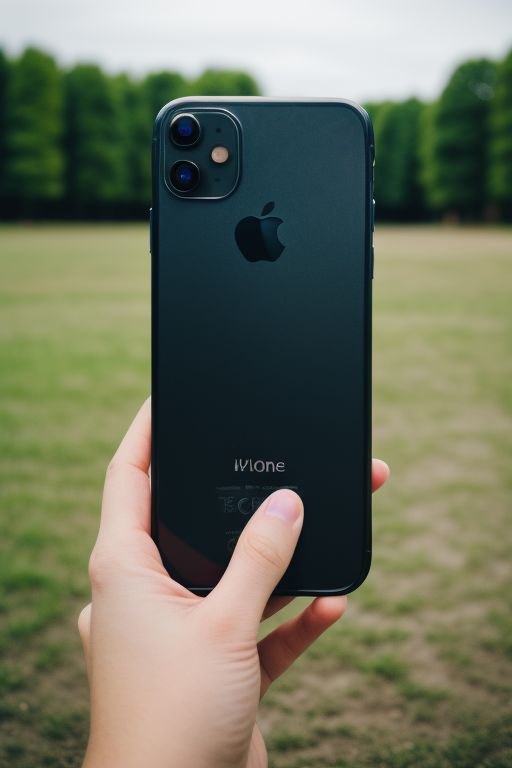
1. Protection of Sensitive Data:
One of the primary benefits of a secure folder is its ability to protect sensitive data from unauthorized access. Whether it’s confidential work documents, personal photos, or private messages, a secure folder provides an additional layer of security to safeguard your sensitive information from prying eyes. By encrypting the contents of the folder and requiring authentication through a password, PIN, or biometric lock, you can rest assured that your data remains secure, even if your device falls into the wrong hands.
2. Privacy and Confidentiality:
A secure folder ensures privacy and confidentiality by segregating sensitive information from the rest of your device’s data. This separation prevents accidental exposure of confidential files or personal data to others who may have access to your device. Whether you share your device with family members, colleagues, or friends, you can maintain control over what information is accessible to others, thereby preserving your privacy and confidentiality.
3. Organization and Management:
Beyond security, a secure folder offers organizational benefits by providing a centralized location for storing and managing sensitive files and documents. Instead of scattering your confidential information across various apps and directories, you can consolidate them within the secure folder, making it easier to locate, access, and manage your data. This streamlined approach to organization enhances efficiency and productivity, saving you time and effort in retrieving and managing your sensitive information.
4. Work-Life Balance:
For individuals who use their smartphones for both personal and professional purposes, a secure folder helps maintain a clear separation between work and personal life. By storing work-related documents, emails, and applications in a secure folder, you can create distinct boundaries between your professional and personal data. This separation fosters a healthier work-life balance, allowing you to disconnect from work during leisure time and maintain focus on personal matters without the intrusion of work-related distractions.
5. Safekeeping of Personal Content:
In addition to work-related files, a secure folder provides a safe haven for personal content that you wish to keep private. Whether it’s intimate photos, sensitive financial information, or personal notes, you can store them securely within the folder, away from prying eyes or potential security breaches. This ensures that your personal content remains confidential and protected, giving you peace of mind knowing that your privacy is safeguarded.
6. Data Loss Prevention:
A secure folder can also serve as a backup mechanism for critical data, protecting against data loss in the event of device damage, loss, or theft. By regularly backing up important files and documents to the secure folder, you can mitigate the risk of losing valuable information and minimize the impact of unforeseen circumstances on your digital assets. This proactive approach to data management ensures continuity and resilience in the face of potential threats or disasters.
7. Compliance and Regulation:
For organizations and individuals subject to regulatory requirements or industry standards regarding data protection and confidentiality, a secure folder helps ensure compliance with relevant laws and regulations. By implementing robust security measures, such as encryption and access controls, within the secure folder, you can demonstrate adherence to legal and regulatory requirements pertaining to data security and privacy. This not only mitigates the risk of non-compliance but also instills trust and confidence among stakeholders regarding your commitment to protecting sensitive information.
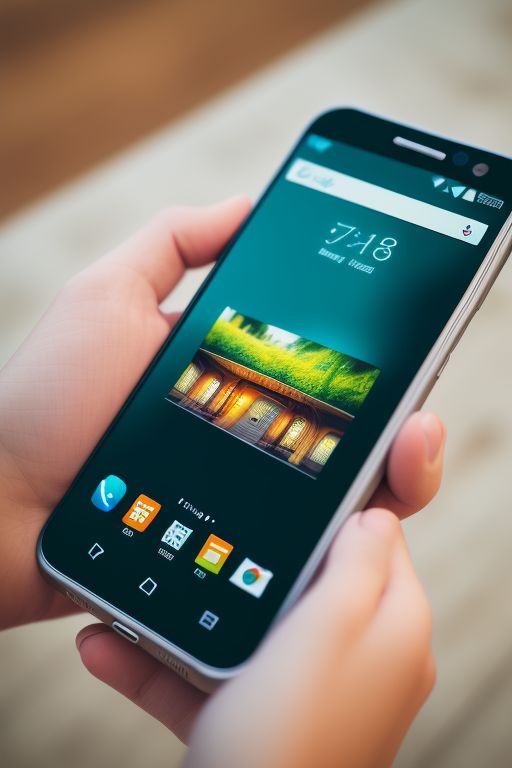
Hidden Feature 5: Digital Wellbeing Tools
Understanding Digital Wellbeing
Digital well-being tools are designed to help you maintain a healthy relationship with your smartphone. These features include screen time trackers, focus modes, and wind-down settings that limit your phone’s usability during certain times.
Using Screen Time Management
Both Android and iOS devices offer screen time management tools. You can monitor how much time you spend on each app, set daily limits, and even schedule downtime when you don’t want to be disturbed. This can be particularly useful for reducing distractions and improving your productivity.
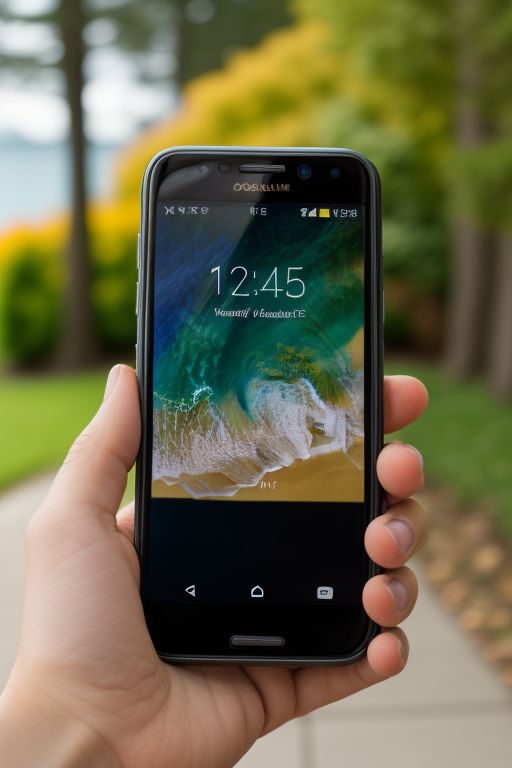
Benefits of Hidden Digital Well-being Tools
The main benefit of digital well-being tools is that they help you manage your phone usage more effectively, leading to better mental health and reduced screen addiction. By setting boundaries, you can ensure that your phone serves you without taking over your life.
Digital well-being tools are designed to help individuals maintain a healthy relationship with their smartphones and technology. These tools offer a range of benefits that promote mindfulness, balance, and overall well-being in an increasingly digital world. Let’s delve deeper into the advantages of integrating digital well-being tools into your daily routine:
1. Awareness and Insight:
Digital well-being tools provide valuable insights into your smartphone usage patterns, helping you become more aware of how much time you spend on various apps and activities. By tracking metrics such as screen time, app usage, and notification frequency, these tools offer a clear picture of your digital habits. This awareness empowers you to make informed decisions about how you allocate your time and attention, fostering a greater sense of control over your digital interactions.
2. Mindful Consumption:
With digital well-being tools, you can set limits and reminders to promote mindful consumption of digital content. By establishing boundaries around screen time and app usage, you can prevent excessive scrolling, reduce distractions, and prioritize activities that align with your values and goals. This mindful approach encourages the intentional use of technology, ensuring that your digital interactions enhance rather than detract from your overall well-being.
3. Focus and Productivity:
Digital well-being tools include features such as focus modes and app timers that help you minimize distractions and maintain focus on important tasks. By temporarily silencing notifications or limiting access to distracting apps during designated periods, you can create a conducive environment for deep work and concentration. This enhanced focus enables you to be more productive and efficient in completing tasks, whether it’s work-related projects, studying, or creative endeavors.
4. Healthy Screen Habits:
Excessive screen time has been linked to various health issues, including eye strain, poor sleep quality, and mental fatigue. Digital well-being tools promote healthy screen habits by encouraging breaks, reducing blue light exposure, and facilitating bedtime routines. Features such as bedtime mode, which adjusts the display to warmer tones at night, can help mitigate the negative effects of prolonged screen use and promote better sleep hygiene.
5. Balanced Digital Diet:
Just as we strive for a balanced diet of nutritious foods, it’s essential to maintain a balanced digital diet that includes a variety of activities and experiences beyond screens. Digital well-being tools encourage the diversification of leisure activities by providing suggestions for alternative pursuits, such as reading, exercising, or spending time outdoors. By cultivating a balanced digital diet, you can reduce reliance on technology for entertainment and find greater fulfillment in offline experiences.
6. Stress Reduction and Mental Well-being:
Constant connectivity and information overload can contribute to feelings of stress, anxiety, and overwhelm. Digital well-being tools offer strategies for managing stress and promoting mental well-being, such as guided meditation apps, breathing exercises, and relaxation techniques. By incorporating these practices into your daily routine, you can reduce the negative impact of digital stressors and cultivate a greater sense of calm and resilience.
7. Healthy Digital Boundaries:
Digital well-being tools empower you to establish healthy boundaries around your digital interactions, both in terms of time and content. By setting limits on screen time, restricting access to certain apps or websites, and managing notifications, you can create a digital environment that supports your well-being and aligns with your values. These boundaries foster a healthier relationship with technology, ensuring that it serves as a tool for enrichment rather than a source of overwhelm.
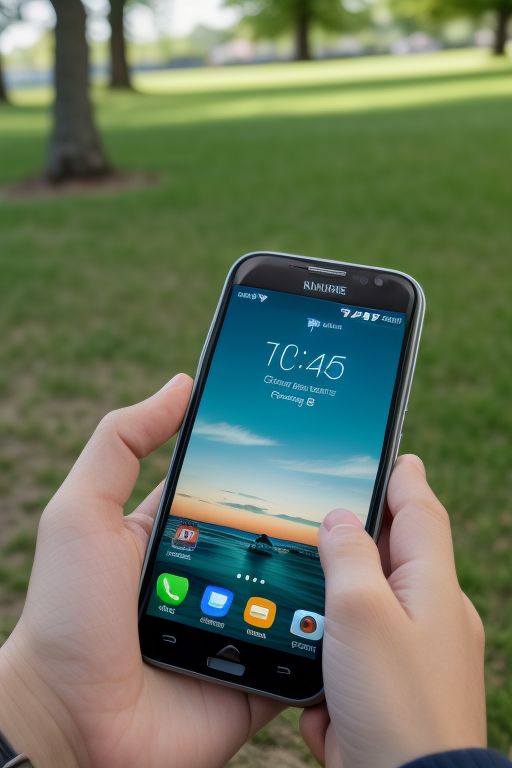
Conclusion
Exploring these hidden smartphone features can significantly enhance your daily life. From creating custom shortcuts to managing your digital well-being, these tools are designed to make your smartphone experience smoother and more efficient. Don’t be afraid to dive into your phone’s settings and see what other hidden gems you can find.
In conclusion, delving into the world of hidden smartphone features unveils a plethora of functionalities that can truly revolutionize the way we interact with our devices. From streamlining daily tasks to enhancing creativity, these hidden gems hold the potential to make our lives significantly easier. By harnessing the power of custom shortcuts, advanced camera settings, gesture controls, secure folders, and digital well-being tools, we can optimize our smartphone experience and maximize productivity.
Moreover, exploring these hidden features not only enhances convenience but also fosters a deeper understanding of our devices. It empowers users to take full control of their smartphones, customizing them to suit their unique preferences and needs. Whether you’re a tech-savvy enthusiast or a casual user, unlocking these hidden treasures can open up a world of possibilities, enabling you to leverage the full potential of your device.
As technology continues to evolve, it’s essential to stay curious and embrace innovation. By continuously exploring and learning about the features and capabilities of our smartphones, we can stay ahead of the curve and make the most out of these powerful tools. So, as you embark on your journey with your smartphone, remember to venture beyond the surface and discover the hidden wonders that lie beneath.
In the end, the true beauty of smartphones lies not just in their sleek designs or cutting-edge hardware, but in the endless possibilities they offer to enrich our lives. So, don’t hesitate to explore, experiment, and uncover the hidden features that can truly make a difference in your daily routine. Embrace the potential of your smartphone, and let its hidden treasures guide you toward a more efficient, productive, and fulfilling digital experience.

